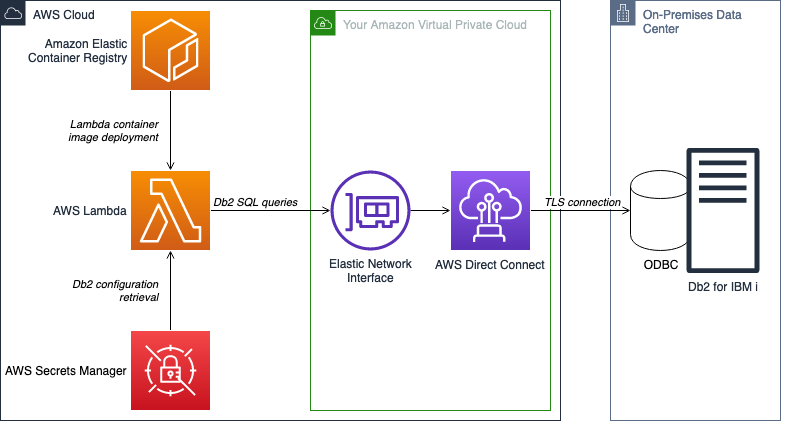AWS Compute Blog
Tag: serverless
Using custom consumer group ID support for AWS Lambda event sources for MSK and self-managed Kafka
This post shows how to use the new custom consumer group ID feature of the Lambda event source mapping for Amazon MSK and self-managed Kafka. This feature can be used to consume messages with Lambda starting at a specific timestamp or offset within a Kafka topic. It can also be used to consume messages from a consumer group that is replicated from another Kafka cluster using MirrorMaker v2.
Introducing bidirectional event integrations with Salesforce and Amazon EventBridge
This blog shows how to act on changes to your Salesforce data in real-time using the new Salesforce partner event source integration with EventBridge. The example demonstrated how your Salesforce data can be processed and enriched with custom AWS applications and updates sent back to Salesforce using EventBridge API Destinations.
Introducing the new AWS Serverless Snippets Collection
Today, the AWS Serverless Developer Advocate team introduces the Serverless Snippets Collection. This is a new page hosted on Serverless Land that makes it easier to discover, copy, and share common code that can help with serverless application development. Builders are writing serverless applications in many programming languages and spend a growing amount of time […]
Building AWS Lambda governance and guardrails
When building serverless applications using AWS Lambda, there are a number of considerations regarding security, governance, and compliance. This post highlights how Lambda, as a serverless service, simplifies cloud security and compliance so you can concentrate on your business logic. It covers controls that you can implement for your Lambda workloads to ensure that your […]
Estimating cost for Amazon SQS message processing using AWS Lambda
You can use Lambda functions to handle fully managed asynchronous processing of SQS messages. Estimating the cost and optimal setup depends on leveraging the various configurations of SQS and Lambda functions. The cost estimator tool presented in this blog should help you understand these configurations and their impact on the overall cost and performance of the Lambda function-based messaging solutions.
Securely retrieving secrets with AWS Lambda
AWS Lambda functions often need to access secrets, such as certificates, API keys, or database passwords. Storing secrets outside the function code in an external secrets manager helps to avoid exposing secrets in application source code. Using a secrets manager also allows you to audit and control access, and can help with secret rotation. Do […]
Introducing tiered pricing for AWS Lambda
This blog post is written by Heeki Park, Principal Solutions Architect, Serverless. AWS Lambda charges for on-demand function invocations based on two primary parameters: invocation requests and compute duration, measured in GB-seconds. If you configure additional ephemeral storage for your function, Lambda also charges for ephemeral storage duration, measured in GB-seconds. AWS continues to find […]
Using certificate-based authentication for iOS applications with Amazon SNS
This blog post is written by Yashlin Naidoo, Arnav Thakur, Kim Read, Guilherme Silva. Amazon SNS enables you to send notifications to a mobile push endpoint using a platform application endpoint by dispatching the notification on your application’s behalf. Push notifications for iOS apps are sent using Apple Push Notification Service (APNs). To send push […]
Using AWS Lambda to run external transactions on Db2 for IBM i
In this blog post, you learn how to run external transactions securely on Db2 for IBM i databases using a combination of Amazon ECR and AWS Lambda. By using Docker to package the driver, forwarder, and custom queries, you can execute transactions from Lambda, allowing modern architectures to interface directly with Db2 workloads. Get started by cloning the GitHub repository and following the deployment instructions.
Migrating mainframe JCL jobs to serverless using AWS Step Functions
This conversion example shows how Step Functions can help you rewrite complex batch processes written in JCL to serverless workflows. It also shows how such a conversion provides maintenance and monitoring features that make it easier to simplify and scale these batch processes.









